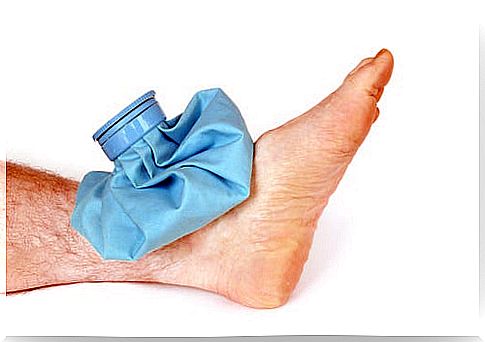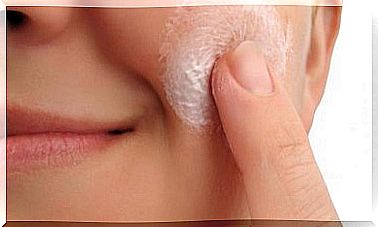How To Treat Ankle Sprain Naturally
Ankle sprain is a fairly common injury. This condition can be divided into degrees based on the characteristics of the wound.
A sprain or strain is the sudden stretching of the ligaments. These have the function of joining the bones, providing stability to the joints.
When the ligaments suffer such an impact, they stretch and then return to their place, but unfortunately damaged and flaccid. Imagine an elastic band that is stretched to the maximum. When released, it no longer remains the same.
There are factors that can predispose this type of injury, which we will present below.
Pregnancy and ankle sprain
During pregnancy, all the ligaments in the body become looser (slack). This is because the body is preparing for the moment of delivery.
That is why women in this state should be very careful, especially with the correct use of footwear:
- It is essential to avoid the use of heels. These produce greater instability when walking, making it easier for twists and even dangerous falls to occur.
Obesity
Obese people have an altered center of gravity. This is due to excess fat that usually accumulates around the belly button:
- This is where the center of gravity is.
- This helps us to maintain balance while we move and even when we are still.
Therefore, these people are more susceptible to losing their stability. They can be injured by performing bad movements that affect each joint. Imagine that an obese person sprains his ankle:
- At that moment all your weight is carried towards the joint in question.
- Ligaments are severely damaged.
- Fractures can also occur due to the excessive stress that the bone structures must bear.
Poorly treated or poorly healed anterior ankle sprain
The person who has suffered this type of injury should know that it will be difficult for their ligaments to fully recover if:
- You don’t take the necessary steps immediately after the injury.
- It does not comply with the essential rest and subsequent recovery.
- You do not take medication or do not perform the therapies recommended by the doctor.
For all the above, it is also susceptible to future injuries. A weak ligament is much more prone to injury, even without the need for very jerky or extreme joint movements.
Since we mentioned the main factors that predispose to this type of injury, it would be good to also indicate what to do about it.
Immediate measures for ankle sprain
When an ankle sprain occurs, it is important to know how to act appropriately. Although severe pain does not always occur, care must be taken so that the injury does not worsen.
In this sense, it is essential to review the area in question and determine how affected it is. Subsequently, it will be necessary to rest and follow other care to accelerate its recovery. We detail them below:
Repose
- It is essential to rest.
- Avoid supporting the injured ankle as much as possible.
- Even if the injury is minimal, you can make it worse with the support of the limb on the floor.
Elevation of the affected limb
This will help prevent inflammation from getting worse, preventing fluid retention in the area.
- You must stay horizontal.
- The affected leg being elevated above the height of the heart.
Cold application

It is done with the intention of reducing and preventing the body’s exaggerated response to injury. This is due to the anti-inflammatory property of cold, according to this study by a team of researchers from the Queensland University of Technology.
When the body is damaged, the system responds immediately by sending more blood to the area. This he does in order to heal the damage as soon as possible. And sometimes this answer is a bit exaggerated.
- Applying ice or cold compresses for 15-20 minutes would be helpful.
- Do not overdo it with the application time. If you do, the opposite effect will occur, increasing the swelling of the area.
It all depends on the tolerance of each person, you may not tolerate continuous application for a few minutes. If so, take rest intervals, until you get used to it.
The cold can also have unwanted effects. Therefore, if you feel discomfort during its application, rest for a few minutes and repeat it again.
Note : In case of applying ice, do not do it directly on the skin. If you do not have compresses or other means, you can use a towel where you will place the ice cubes. In this way, you have to wrap it and apply it to the affected area.
Immobilization
The ankle in question must be kept completely at rest. You can bandage it to avoid unwanted movements.
- The bandage will also help you become aware of the injury and prevent further damage.
- Compression is also beneficial to prevent further swelling.
Medication
Medications should always be prescribed by your doctor. They will help decrease inflammation and soothe pain.
The aforementioned tips are the immediate way to act when the injury has been sustained. Then, of course, consultation with the doctor is necessary.
- The professional will evaluate the degree of injury; the necessary medication, and will rule out the presence of bone lesions.
- It will also indicate the necessary rest days and, subsequently, the best rehabilitation strategy.
Good treatment and timely rehabilitation will avoid subsequent injuries due to weak ligaments due to not going to the doctor or not respecting the professional’s instructions.








